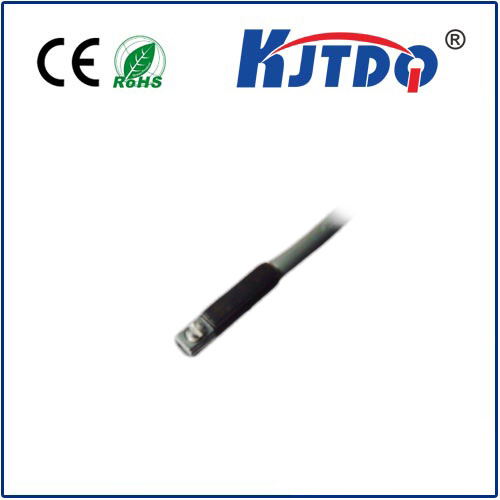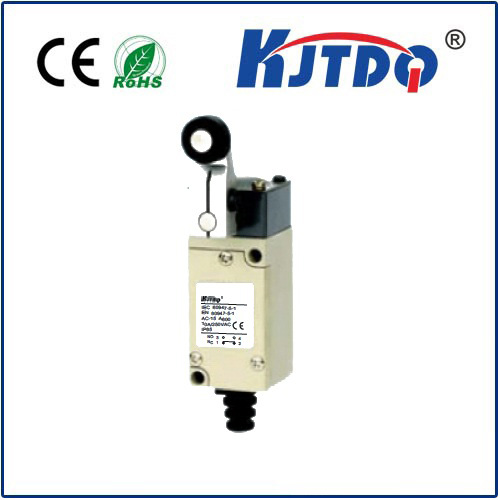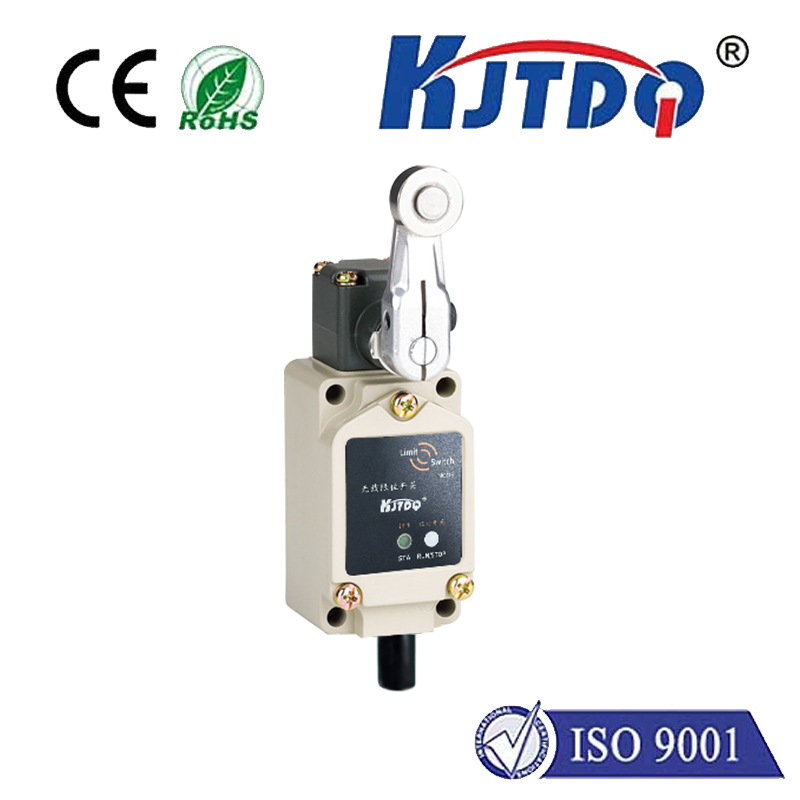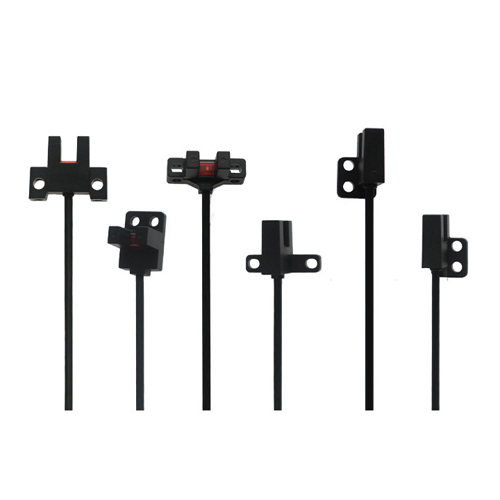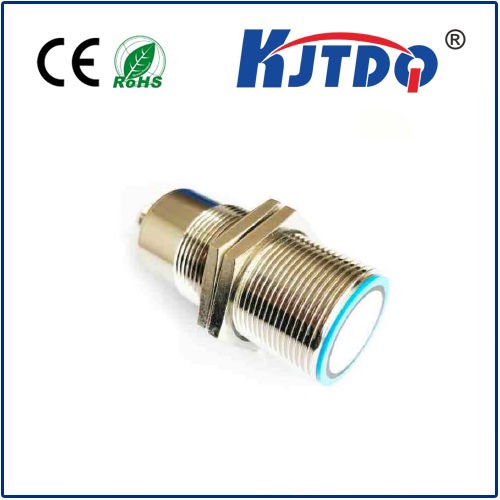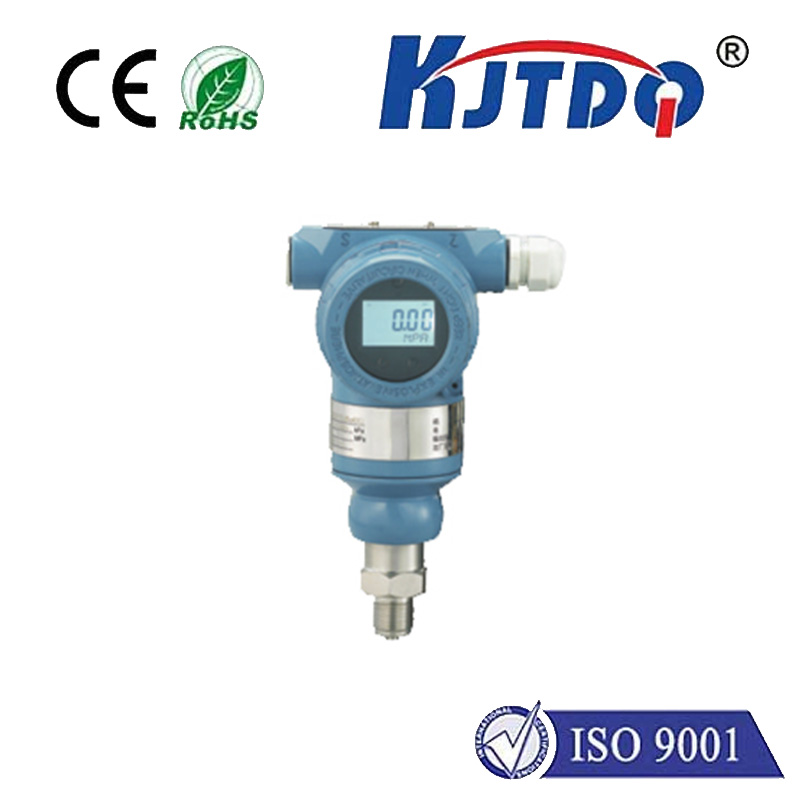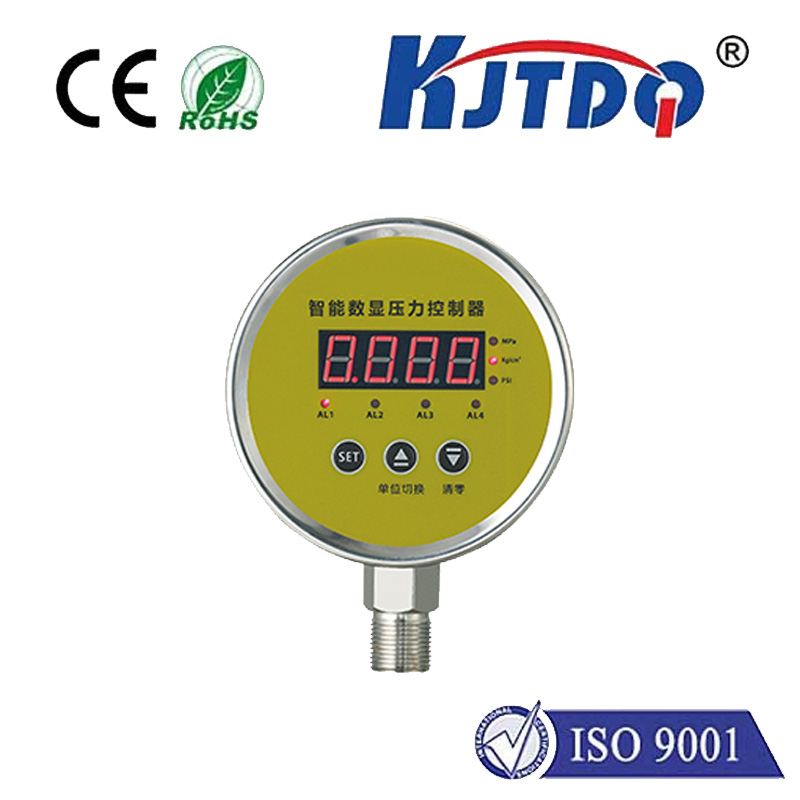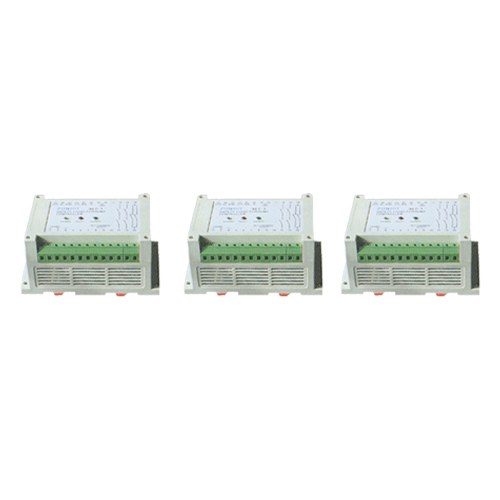Picture this: You’re cruising down a dimly lit highway, rain pelting your windshield, when a sudden obstacle forces you to slam the brakes. In that heart-stopping moment, your car responds instantly, preventing a skid and keeping you safely on the road. What’s the unsung hero behind this split-second reaction? It’s the master cylinder pressure sensor, a tiny yet vital component in your vehicle’s braking system. This sensor acts as a vigilant watchdog, monitoring hydraulic pressure to ensure precise braking performance. Whether you’re a daily commuter or a driving enthusiast, understanding this sensor’s role is key to unlocking safer, smoother journeys. Let’s dive into how this device works, why it matters, and how to keep it functioning flawlessly.
At its core, the master cylinder pressure sensor is an electronic device mounted directly on the vehicle’s master cylinder—the central hub that converts pedal pressure into hydraulic force. Its primary job? To measure the exact hydraulic pressure generated when you press the brake pedal. This real-time data feeds into the car’s onboard computer systems, such as the Anti-lock Braking System (ABS) and Electronic Stability Control (ESC). For instance, if pressure spikes indicate sudden braking, the sensor triggers ABS to pulse the brakes, preventing wheel lock-up. This seamless feedback loop transforms raw force into controlled, responsive stopping power, making it indispensable for modern safety features. Without it, systems that alert drivers or intervene during emergencies—like traction control in slippery conditions—would falter, increasing risks on the road.

How does this sensor achieve such precision? Internally, it operates using advanced technologies like piezoelectric elements or strain gauges, which deform under pressure changes to generate electrical signals. These signals are calibrated to reflect pressure levels, often in units like PSI or bar. As pressure builds in the master cylinder, the sensor’s output adjusts instantly, allowing the vehicle’s control module to interpret and respond. For example, in adaptive cruise control setups, the sensor helps maintain safe distances by subtly adjusting brake pressure. While it’s a small part, its accuracy ensures that every pedal press translates to reliable deceleration, even under varied loads or speeds. In essence, it’s the translator that converts mechanical actions into digital commands, bridging human input with automated safeguards.
The significance of the master cylinder pressure sensor extends beyond everyday convenience—it’s a linchpin of vehicle safety and efficiency. Brake systems rely on this sensor to detect anomalies, such as leaks or air bubbles in hydraulic lines, which can cause spongy pedals or reduced stopping power. If pressure readings deviate from norms, the sensor alerts the dashboard via warning lights, prompting timely diagnostics. This proactive role prevents catastrophic failures; studies show that malfunctioning sensors contribute to brake-related accidents in older vehicles. Moreover, for eco-friendly cars like hybrids or EVs, optimized pressure sensing enhances regenerative braking, recuperating energy and boosting fuel efficiency. Ignoring this component can lead to costly repairs or safety hazards, underscoring why it’s often integrated into routine maintenance protocols.
Despite its robustness, the master cylinder pressure sensor isn’t immune to wear and tear. Common issues include contamination from brake fluid degradation, electrical corrosion, or physical damage from road debris. Symptoms like unresponsive brakes, illuminated ABS warnings, or unusual pedal feel signal potential problems. Diagnosing these requires professional tools, such as OBD-II scanners that read pressure data codes. Regular maintenance is crucial to avoid surprises—experts recommend checking the sensor during brake fluid flushes every two years, ensuring connections are clean and shielded from moisture. Replacement is straightforward but demands precision; using OEM parts guarantees compatibility and longevity. On average, a new sensor costs \(100-\)300, far cheaper than ignoring it and facing brake system overhauls.
In daily driving contexts, the master cylinder pressure sensor empowers smarter, safer experiences. For instance, in stop-and-go traffic, it enables smooth, automated braking in adaptive systems. As vehicles evolve toward autonomy, this sensor’s role will only grow, integrating with AI-driven safety networks. By prioritizing its care, you safeguard not just your car but your peace of mind—proving that even the smallest components can be life-savers.
